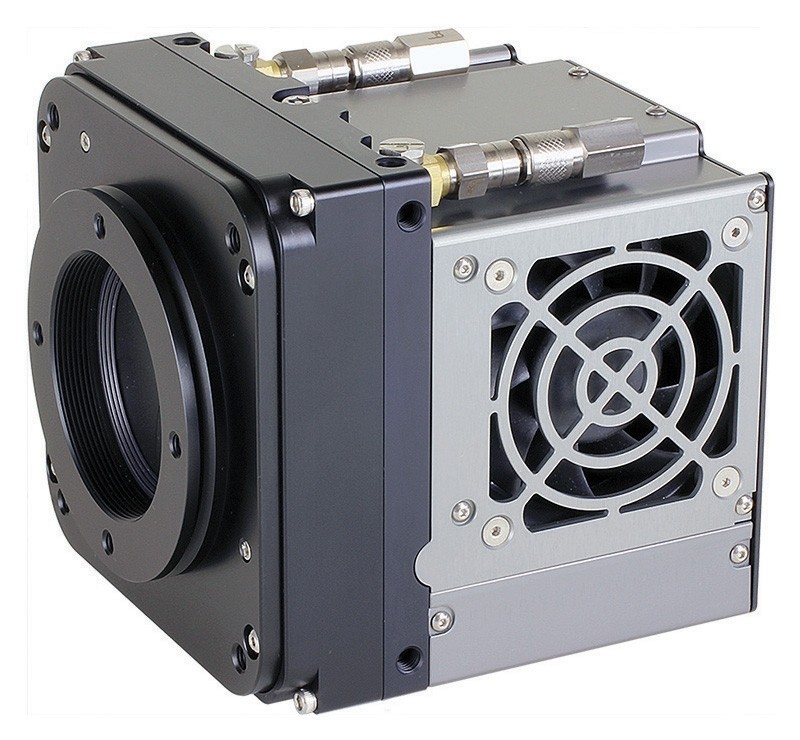
FLI sCMOS Kepler Camera KL400, Front Illuminated & Back Illuminated
A camera obscura ( pl. camerae obscurae or camera obscuras; from Latin camera obscūra 'dark chamber') [1] is a darkened room with a small hole or lens at one side through which an image is projected onto a wall [2] [3] or table [4] opposite the hole.
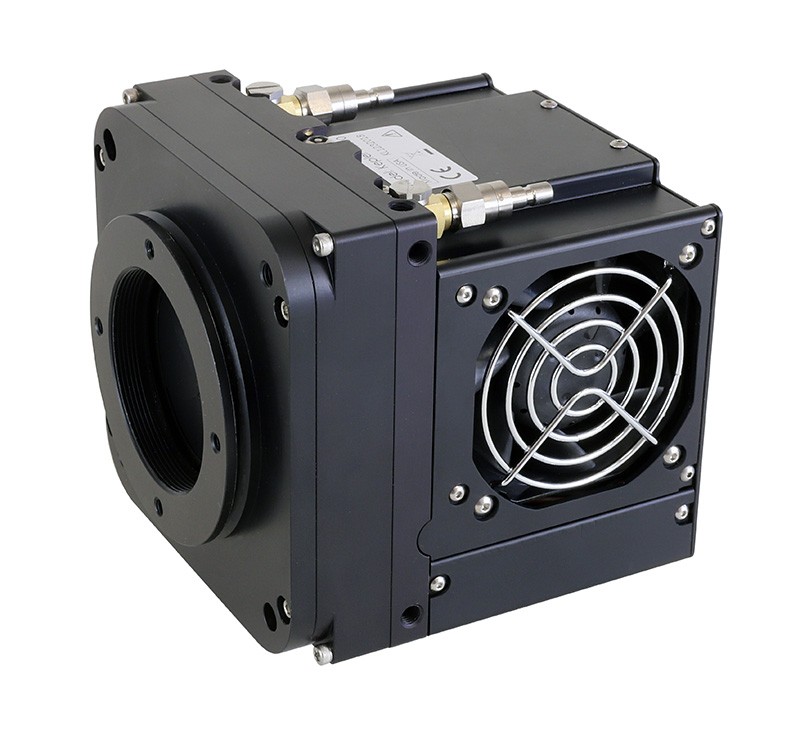
FLI sCMOS Kepler Camera KL400, Front Illuminated & Back Illuminated
By the 19th century, Kepler's description had fallen into oblivion, so Wollaston's claim was never challenged. The term " camera lucida " ( Latin "well-lit room" as opposed to camera obscura "dark room") is Wollaston's. [5] While on honeymoon in Italy in 1833, the photographic pioneer William Fox Talbot used a camera lucida as a sketching aid.

An illustration demonstrating a camera obscura used for drawing with a mirror and lens to invert
2016 This paper is devoted to the explanation of the location and distance of objects in three-dimensional space through vision in the work of two major opticians of the 17th century, namely Kepler and… Expand 3 Baroque Optics and the Disappearance of the Observer: From Kepler's Optics to Descartes' Doubt Ofer Gal Raz Chen-Morris
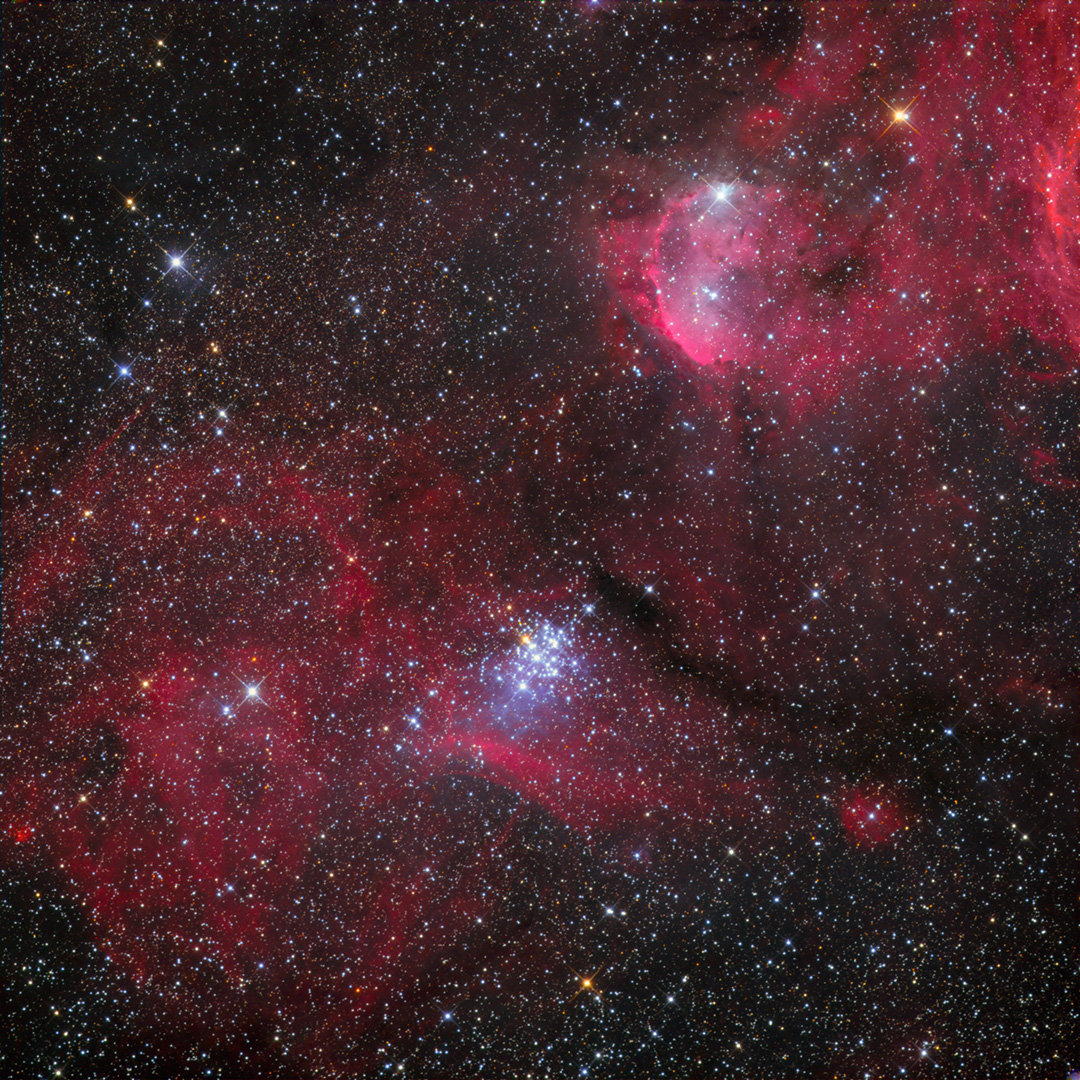
FLI Kepler Cooled CMOS Cameras
Almost 50 years after Porta's declaration, in 1604, the term "camera obscura" was coined by a German astronomer named Johannes Kepler. Kepler is also responsible for developing the very first portable camera obscura — a tent, with a sheet of paper inside onto which the image from the camera's lens could be projected. Modern Photography is Born
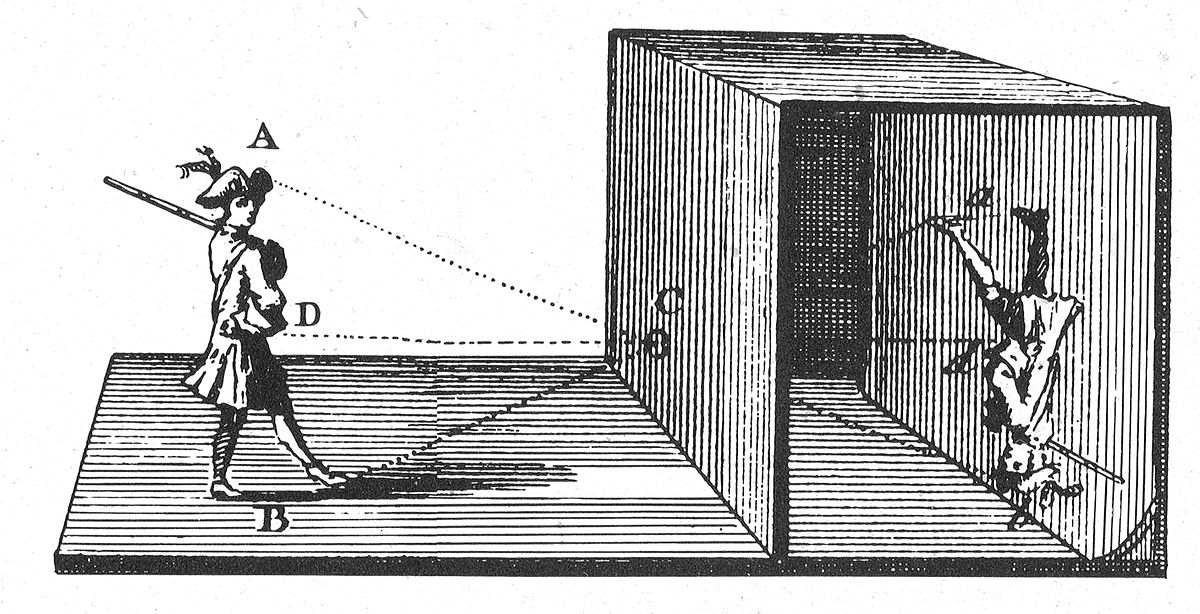
Camera obscura Wikipedia
German astronomer Johannes Kepler used the term "camera obscura" for the first time in 1604. Johann Zahn, the writer of "Oculus Artificialis Teledioptricus Sive Telescopium," writes in his book in the 17th century about camera obscura and the magic lantern, among other optical instruments.

NASA’s Kepler Space Telescope Back in Action after Recovery
The era of modern vision research can be thought of as beginning in the seventeenth century with Johannes Kepler's understanding of the optics of the camera obscura with a lens and its relation to the eye.

MIX INTERESANTE SABIAS QUE..... LA PRIMERA CAMARA OSCURA FUE INVENTADA EN EL SIGLO XI?
The image formed on the retina was inverted, exactly like the image in a photo-camera and a Camera Obscura. Yet, this did not trouble Kepler. He realized the existence of an additional post-imaging stage in the process of vision: the interpretation of the retina image by human consciousness: Footnote 18
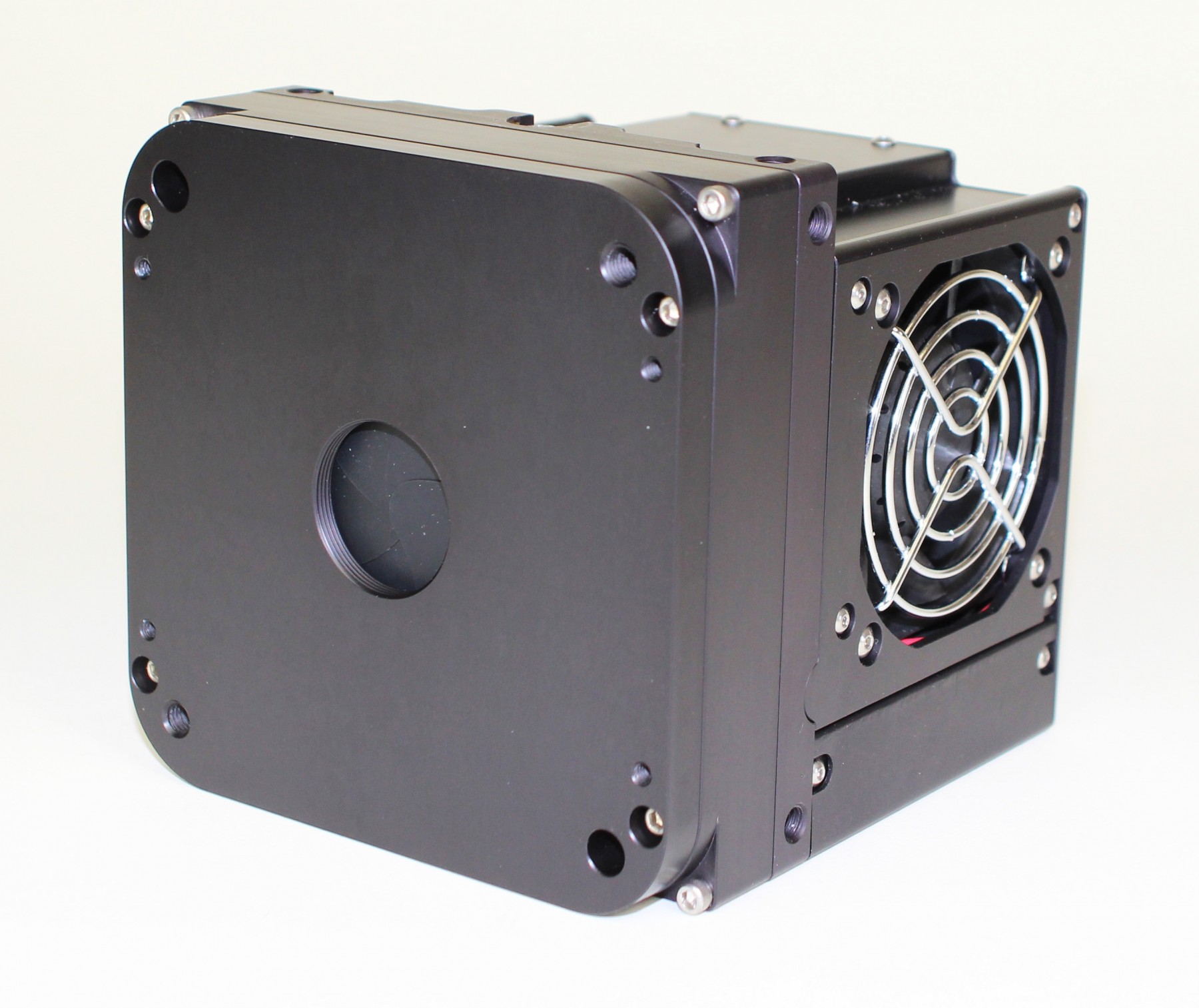
FLI sCMOS Kepler Camera KL400, Front Illuminated & Back Illuminated
In this context he concentrated his efforts on an explanation of the phenomena of eclipses, of the apparent size of the Moon and of atmospheric refraction. Kepler investigated the theory of the camera obscura very early and recorded its general principles (see commentary by M. Hammer in KGW 2, pp. 400-1 and Straker 1981). In addition, he.
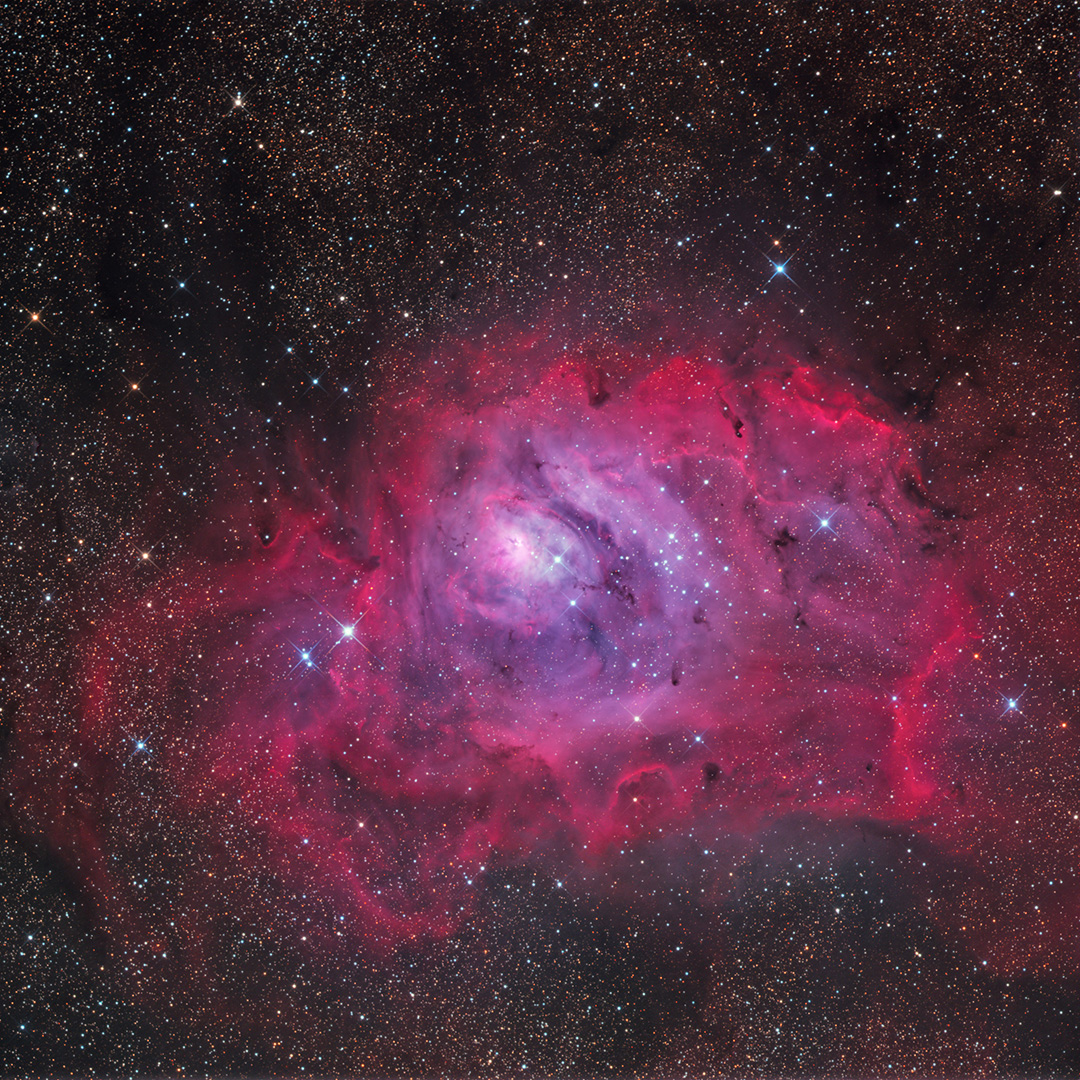
FLI Kepler Cooled CMOS Cameras
Kepler Descartes Download reference work entry PDF Synonyms Dark chamber; Pinhole camera Definition The camera obscura was a simple astronomical tool that evolved into an important optical instrument in the seventeenth century.
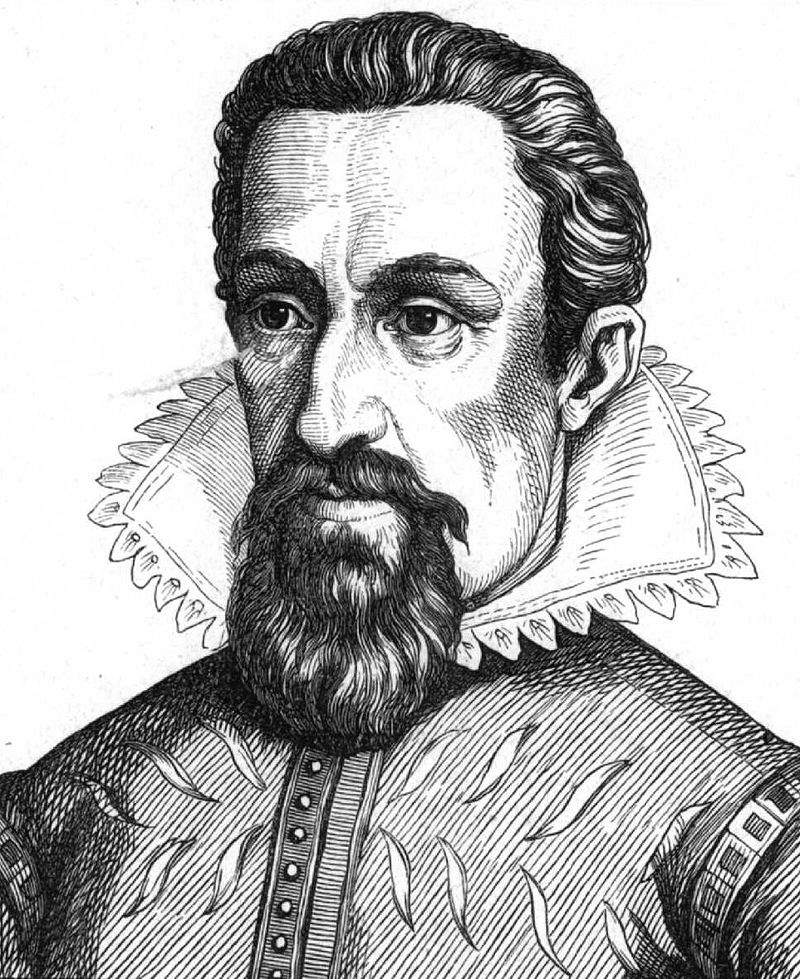
Photography History Ehab Photography
About Engines Transcripts Search Episodes by Keyword Airing schedule for HPM Multimedia Today, cameras without film. The University of Houston's College of Engineering presents this series about the machines that make our civilization run, and the people whose ingenuity created them.

La Cámara fotográfica Cámara oscura
Finally, the actual term "Camera Obscura" was first used by the German astronomer Johannes Kepler in 1604. The German Johann Zahn, an expert on light, also wrote extensively about the Camera Obscura, and proposed a design for the first handheld reflex camera as early as 1685. It would take another 150 years for his design to be realised.

Cámara oscura/ Johannes Kepler / 1604 Cámara oscura, Oscuridad, Enciclopedias
A few years later Johannes Kepler used the term "camera obscura" for the first time in 1604. Kepler used the camera obscura for astronomical applications and created a portable version that he carried around with him as a tent for surveying Upper Austria. So now the camera obscura had been described, named and even improved upon, but it was.
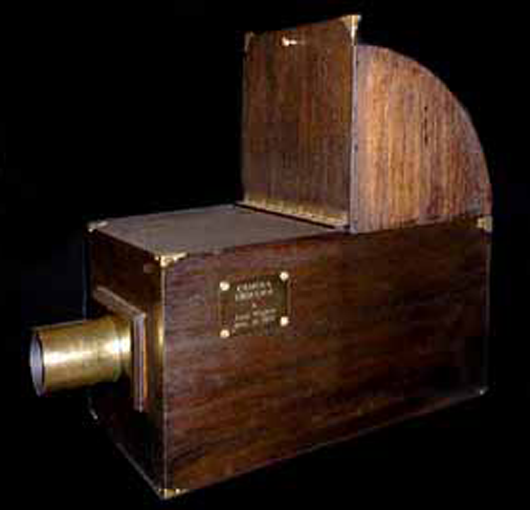
History of Darkroom Camera Obscura
Through a Glass Darkly: Johannes Kepler and the Camera Obscura Add to Calendar When and Where Friday, November 18, 2022 3:30 pm to 5:00 pm Victoria University Common Room Victoria College 89 Charles Street West Speakers Brian Baigrie Description
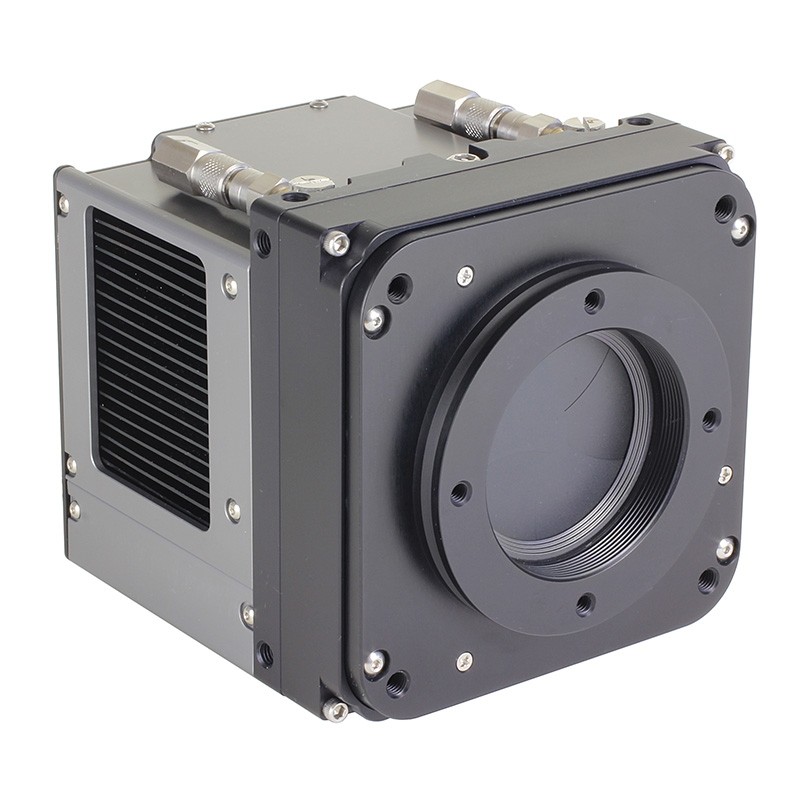
FLI sCMOS Kepler Camera KL400, Front Illuminated & Back Illuminated
Paris, 1863, p. 404, n° 245. In 1604, the term "camera obscura" (in Italian=dark room), was coined by the German astronomer Johannes Kepler (1571-1630) who developed the first portable camera obscura in the form of a tent (fig. 13), with a sheet of paper inside onto which the camera's image could be projected.

Astrophysicists Suggest Realignment of Timekeeping Devices Set Your Clocks Back! First
September 2008 · In his Paralipomena (1604) Johannes Kepler reported an experimentum that he had seen in the Dresden Kunstkammer. In one of the rooms there, which had been turned in its entirety.

Camera Obscura and the World of Illusions Matrise
In the sixteenth century, most notably in Giovanni Battista della Porta's Magia naturalis (1589), the camera obscura entered the nat- ural magic tradition as a means to project images for various pur- poses. e camera obscura and its projected image served as a model for Kepler's new theory of vision, in which the eye was like a cam- era.